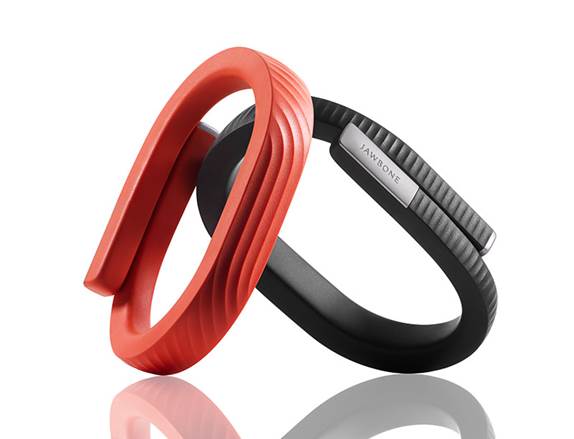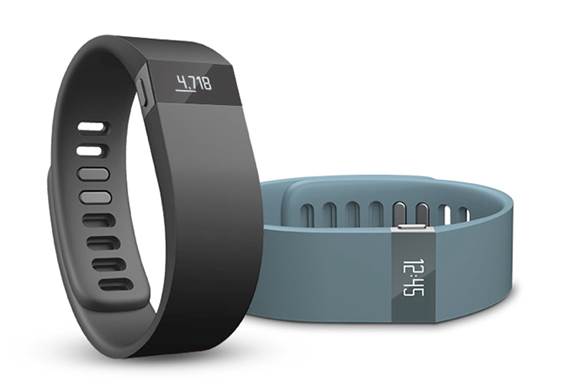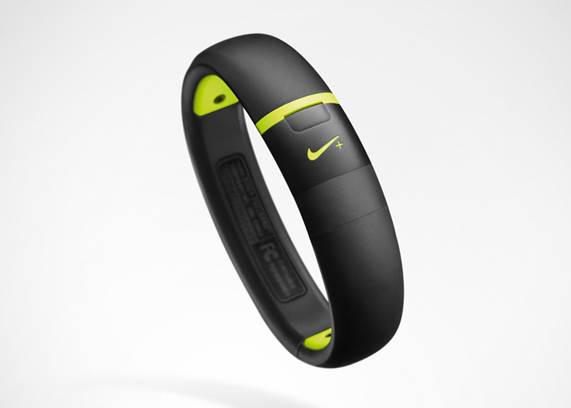These activity-tracking wristbands prod you to get
more exercise. But It Editor Rachel Metz finds them to be a work in progress.
Jawbone Up 24
Price: $150
My favorite of the three, the Up 24 blends function and
style. Beyond being the most fashionable of the trackers I tried, it was the
most full-featured and had the most user-friendly app. The single button on one
end of the band shows you how much power the device has and lets it start or
stop tracking your sleep. One of its best features is its “smart alarm,” which
wakes you with gentle vibration when you’re in a state of light sleep, up to 30
minutes before your planned wakeup time. The app also lets you log the meals
you’ve eaten - you can use your phone to scan bar codes on food packages - and
it can draw in data from other fitness apps, like RunKeeper and Strava. Most
impressive, you can use the device to automate reactions to specific triggers.
I set the Up 24 to turn on an Internet-connected desk lamp every time I woke
up.

Jawbone Up 24
Fitbit Force
Price: $130
The Fitbit Force looks the most like a digital watch (the
time even shows up on the display by default), which may ease your transition
to wearing a fitness tracker all day. I liked its crisp, bright, slightly
angled OLED display, which juts out of its band and has a side button that you
can use to cycle through its data fields, including time, steps taken, distance
traveled, and calories burned. Its app presents lots of information at a
glance. A page for each day shows measurements like steps taken, miles walked,
and weight to lose until you hit a goal, and these are easy to hide if you
don’t care about certain metrics. Its wristband was the most comfortable, since
it’s fully adjustable. But a removable piece of plastic secures the band to
your arm, making it a pain to put on and leaving me constantly worried that I
would lose this specialized little part.

Fitbit Force
Nike+ FuelBand SE
Price: $149
This band sets itself apart with its focus on competition,
from the virtual trophies you can reap for meeting certain activity goals to
the way it encourages users to “win” hours (defined by five minutes of activity
per hour). The FuelBand SE also has its own system of points you earn from
activity, illustrated on the wristband with a rainbow row of LEDs that
gradually change from red to green throughout the day. I liked this because it
helped me think less about the specifics of movement and more about being
active in general. The bracelet looks sportier than its peers, with a
stiff-framed, rounded, rubbery body and a strong clasp that opens with the push
of a tiny button and closes with a satisfying click. However, this hard body
made it feel like a court-ordered monitoring bracelet (not that I know from
personal experience).

Nike+ FuelBand SE